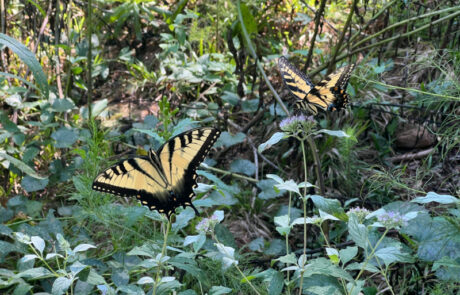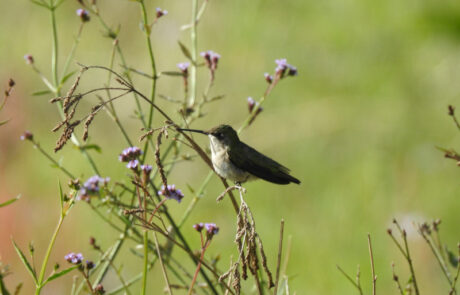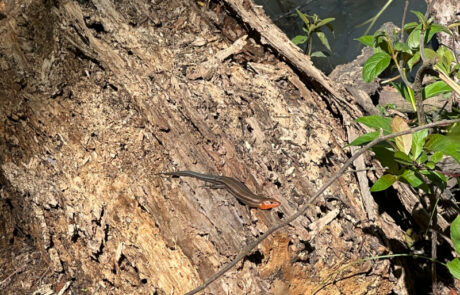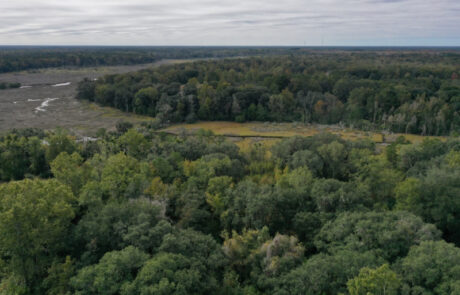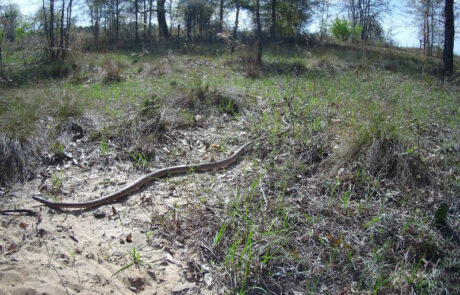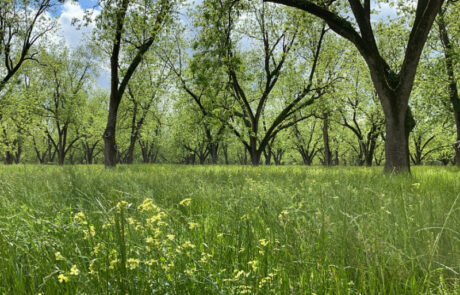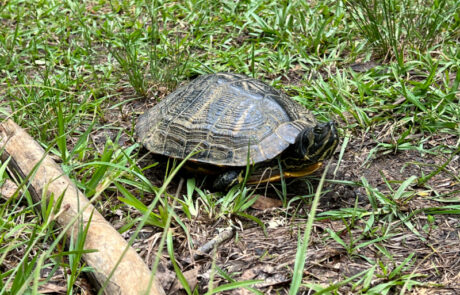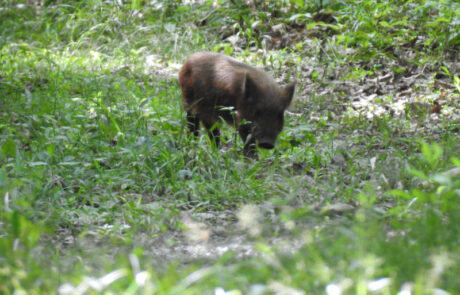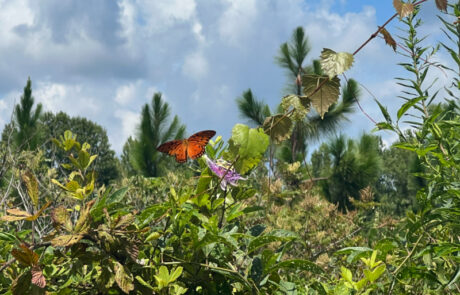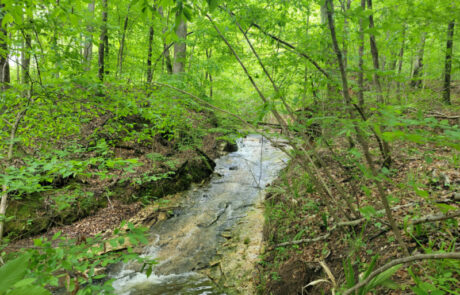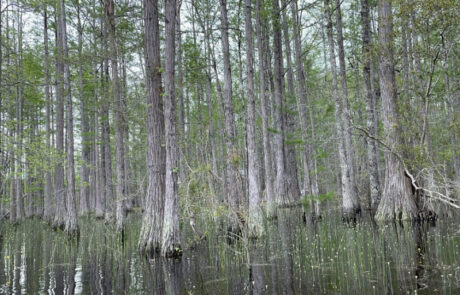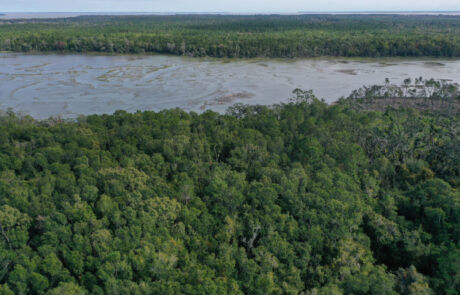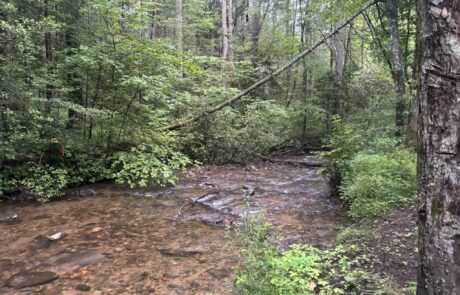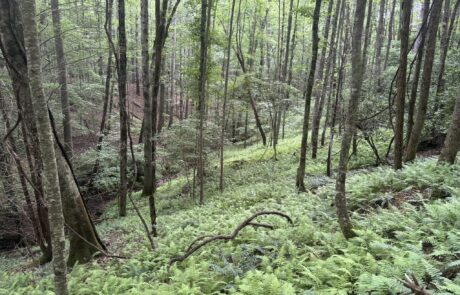Project Description
Georgia Projects
Our staff has completed numerous projects in Georgia, ranging from the coast in the east, to the mountains in the north/northwest. The habitats that we have worked in are as diverse as the state has to offer!
Tracts in the east include coastal properties that are made up of brackish marsh and salt marsh, estuarine and inshore marine waters, maritime forest and coastal hammock, tidal creeks, bottomland hardwood forests, depressional wetlands, natural pine forests, natural mixed pine and mixed hardwoods, planted pines, pasture, hayfields, and other open areas. Much of this work has been within the Ogeechee River Basin. Historically, these areas have been used mainly for agricultural production in the past, specifically, the cultivation of long staple “Sea Island” cotton, corn, and vegetables, as well as cattle grazing. The main agricultural use of the tracts currently is for growing timber.
In the Piedmont Ecoregion, the focus has been on working forestland, typically comprised of primarily oak-hickory-pine forests, mixed upland hardwood, mesic hardwoods, and pine forests. These tracts generally contain a number of wildlife openings, but also contain rock formations including granite outcrops.
In the Southeastern Plains ecoregion, much of the work has been on timber tracts along the Oconee and Willacoochee Rivers. These well managed tracts were generally comprised of primarily bottomland hardwoods with pines, bottomland hardwood regeneration, planted pines, mixed hardwoods and pines, row crops, and open areas. These properties are used for hunting, timber production, and wildlife habitat.
During fieldwork across the state, our staff has encountered a diverse variety of bird species including: Mississippi kite, wood stork, eastern wild turkey, turkey vulture, black vulture, common grackle, red-winged blackbird, American crow, northern flicker, northern cardinal, blue jay, gray catbird, snowy egret, white ibis, great egret, great blue heron, little blue heron, tufted titmouse, pileated woodpecker, red-bellied woodpecker, white-breasted nuthatch, Carolina wren, ruby-crowned kinglet, dark-eyed junco, bobwhite quail, and countless others. Various mammals have also been observed, including eastern gray squirrel, raccoon, nine-banded armadillo, and white-tailed deer, along with signs of raccoon, fox, coyote, and bobcat. Reptiles and amphibians observed include cottonmouth, copperhead, timber rattlesnake, diamondback water snake, black racer, northern water snake, gopher tortoise, chorus frogs, peepers, bull frog, southern toad, green treefrog, green anole, six-lined racerunner, eastern fence lizard, among others. Numerous insects, such as gulf fritillary, common buckeye, orb weaver spider, and crustaceans have also been observed.
*Note: All photos were taken by MTM Environmental, LLC staff.




